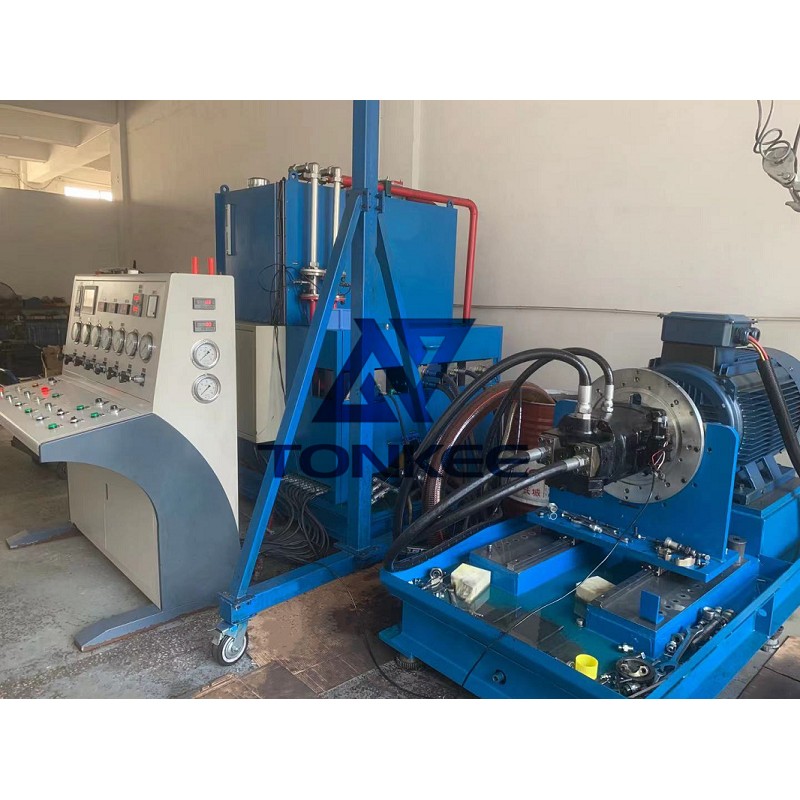
Firstly, before beginning the inspection process, it is crucial to follow proper safety procedures, such as wearing protective gear and ensuring that the hydraulic system is depressurized.
Safety should always be a top priority during any maintenance activity.
During the inspection, start by visually examining the pump for any signs of external damage, such as leaks, cracks, or loose connections. Check the mounting bolts and seals for tightness and make sure that all the components are properly aligned. Any visible issues should be addressed promptly to prevent further damage.
Next, move on to inspecting the internal components of the hydraulic pump. Begin by checking the pump's reservoir or sump for any contaminants, such as dirt, debris, or water. These impurities can cause damage to the pump and other hydraulic system components. If any contaminants are found, it is essential to clean or replace the reservoir and filters accordingly.
Inspect the pump's internal gears or pistons for wear and tear. Look for signs of scoring, pitting, or abnormal wear patterns. Any damaged or worn-out components should be replaced to maintain the pump's efficiency and prevent potential failures. It is advisable to refer to the manufacturer's guidelines or consult with a qualified technician for accurate assessment and replacement procedures.
Additionally, examine the pump's bearings for any signs of excessive play, noise, or overheating. Faulty bearings can lead to decreased performance and premature failure of the pump. Lubrication of the bearings should be checked, and if necessary, ensure that the appropriate lubricating oil or grease is used as recommended by the manufacturer.
Furthermore, assess the pump's hydraulic fluid for any signs of degradation.
Monitor the fluid's color, consistency, and odor. If the fluid appears dirty, contaminated, or exhibits a burnt smell, it is crucial to drain and replace it with fresh hydraulic fluid of the recommended specification. Regular fluid analysis and maintenance are essential for optimal pump performance and longevity.
Now, turning our attention to OEM aftermarket new specifications for the Danfoss 90L055 hydraulic pump, it is essential to note that OEM refers to the original equipment manufacturer. Aftermarket parts, on the other hand, are produced by third-party manufacturers. While OEM parts are designed to meet the exact specifications and quality standards set by the original manufacturer, aftermarket parts may offer alternative specifications or variations.
When considering aftermarket parts for the Danfoss 90L055 hydraulic pump, it is vital to ensure that they meet or exceed the OEM specifications. Consult with reputable suppliers who specialize in hydraulic components and can provide detailed information about the compatibility and performance of the aftermarket parts.
While aftermarket parts may offer cost savings, it is crucial to consider the potential impact on warranty coverage. Some manufacturers may have warranty restrictions or exclusions when non-OEM parts are used. Therefore, it is advisable to review the w



 English
English Türkçe
Türkçe


